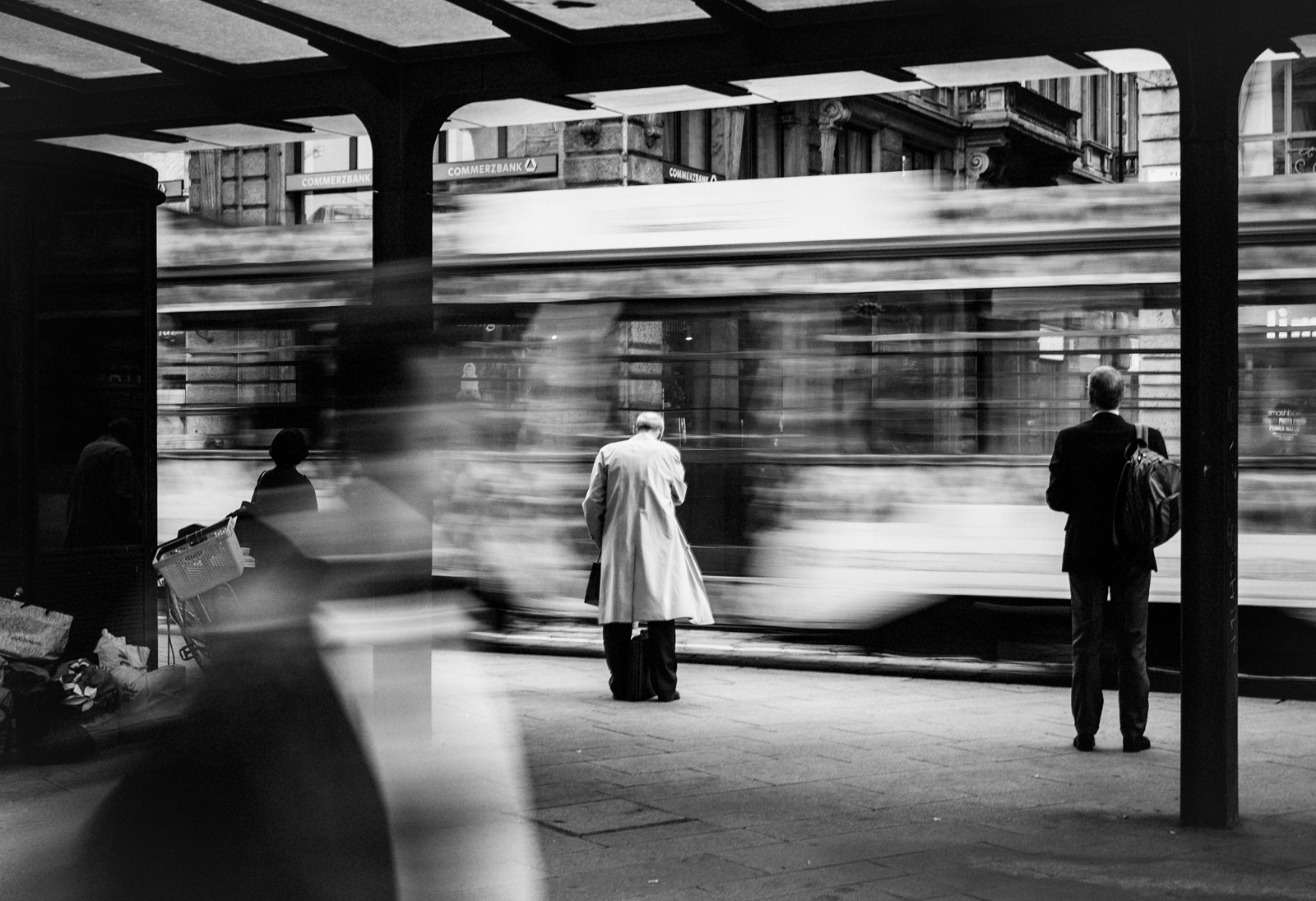Top Guidelines Of Framing Streets
Top Guidelines Of Framing Streets
Blog Article
Everything about Framing Streets
Table of ContentsThe Basic Principles Of Framing Streets The Ultimate Guide To Framing StreetsWhat Does Framing Streets Mean?The Definitive Guide to Framing StreetsHow Framing Streets can Save You Time, Stress, and Money.4 Simple Techniques For Framing Streets
, normally with the purpose of recording photos at a definitive or touching minute by careful framework and timing. https://framingstreets1.carrd.co/.
Framing Streets Things To Know Before You Get This
Susan Sontag, 1977 Street photography can focus on individuals and their habits in public. In this respect, the road professional photographer is similar to social documentary photographers or photographers who also work in public locations, but with the goal of catching newsworthy events. Any of these digital photographers' photos might catch people and building visible within or from public places, which commonly requires browsing honest concerns and laws of privacy, protection, and residential or commercial property.
Representations of everyday public life create a style in virtually every duration of world art, starting in the pre-historic, Sumerian, Egyptian and early Buddhist art durations. Art managing the life of the road, whether within views of cityscapes, or as the dominant concept, shows up in the West in the canon of the Northern Renaissance, Baroque, Rococo, of Romanticism, Realism, Impressionism and Post-Impressionism.
Some Ideas on Framing Streets You Should Know
Louis Daguerre: "Boulevard du Temple" (1838 or 1839) In 1838 or 1839 the first photo of figures in the road was tape-recorded by Louis-Jacques-Mand Daguerre in one of a set of daguerreotype views taken from his workshop window of the Blvd du Holy place in Paris. The 2nd, made at the height of the day, shows an uninhabited stretch of road, while the other was taken at regarding 8:00 am, and as Beaumont Newhall reports, "The Boulevard, so regularly loaded with a moving bunch of pedestrians and carriages was perfectly singular, except a person who was having his boots cleaned.
His boots and legs were well defined, but he is without body or head, because these were in motion." Charles Ngre, waterseller Charles Ngre. https://penzu.com/p/454a0d4b3b5b7826 was the very first professional photographer to obtain the technological elegance required to sign up individuals in activity on the street in Paris in 1851. Digital Photographer John Thomson, a Scotsman dealing with journalist and social lobbyist Adolphe Smith, released Street Life in London in twelve regular monthly installments beginning in February 1877
Fascination About Framing Streets
Eugene Atget is considered as a progenitor, not due to the fact that he was the first of his kind, yet as a result of the popularisation in the late 1920s of his record of Parisian streets by Berenice Abbott, who was motivated to embark on a similar documentation of New york city City. [] As the city developed, Atget assisted to advertise Parisian roads as a deserving topic for photography.
Framing Streets for Dummies
Martin is the first videotaped professional photographer to do so in London with a disguised electronic camera. Mass-Observation was a social research organisation established in 1937 which intended to tape everyday life in Britain and to videotape the reactions of the 'man-in-the-street' to King Edward VIII's abdication in 1936 to wed divorce Wallis Simpson, and the succession of George VI. Between 1946 and 1957 Le Groupe des XV each year exhibited work of this kind. Andre Kertesz. Circus, Budapest, 19 May 1920 Road photography developed the significant web content of two exhibitions at the Gallery of Modern Art (Mo, MA) in New York curated by Edward Steichen, Five French Professional Photographers: Brassai; Cartier-Bresson, Doisneau, Ronis, Izis in 1951 to 1952, and Post-war European Digital Photography in 1953, which exported the principle of street photography worldwide.

The 2-Minute Rule for Framing Streets
The recording device was 'a concealed video camera', a 35 mm Contax hidden beneath his coat, that was 'strapped to the chest and connected to a lengthy cable strung down the right sleeve'. However, his job had article source little modern impact as because of Evans' sensitivities regarding the originality of his project and the privacy of his topics, it was not released until 1966, in guide Several Are Called, with an intro written by James Agee in 1940.
Helen Levitt, then an educator of little ones, related to Evans in 193839. She documented the transitory chalk drawings - vivian maier that became part of children's road society in New york city at the time, along with the youngsters that made them. In July 1939, Mo, MA's new photography area consisted of Levitt's operate in its inaugural exhibitRobert Frank's 1958 book,, was considerable; raw and typically indistinct, Frank's photos examined conventional photography of the time, "challenged all the formal guidelines laid down by Henri Cartier-Bresson and Walker Evans" and "contradicted the wholesome pictorialism and heartfelt photojournalism of American magazines like LIFE and Time".
Report this page